
How to eat more Mediterranean
Time and again, the Mediterranean diet earns top marks for heart health, brain function, mental well-being, and even longevity. And you don’t have to move to the Greek isles to reap the rewards. Here’s how to introduce health-boosting Mediterranean foods into your diet without renewing your passport.
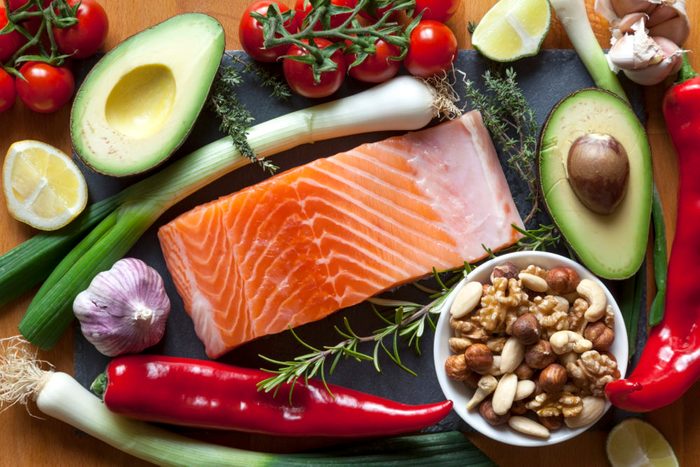
Understand the components of a Mediterranean diet
The first thing to know about the Mediterranean diet is that it focuses on whole, fresh foods, so you can start skipping those middle aisles of the supermarket now. The key components of Mediterranean cuisine are whole grains; monounsaturated fat found in olive oil, nuts, and avocados; polyunsaturated omega-3 fatty acids, found in fatty fish (salmon, tuna, sardines, and trout); fat from plant sources, like flaxseed; and moderate amounts of wine and red meat, according to Suzanne Fisher, a registered dietitian and licensed nutritionist in South Florida.
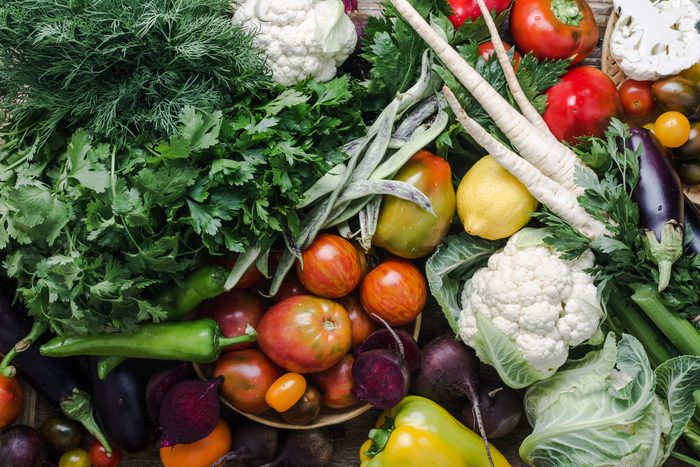
Focus on plant-based foods
On typical American plates, meat is usually the star, probably followed by a starch such as potatoes or rice. The stars of a Mediterranean diet are fresh plant-based foods such as fruits and veggies, nuts, and legumes (beans and peas). These ingredients are Mediterranean food staples. “Start by eating five or more servings per day of produce every day and planning a meatless meal, like an Italian garden pizza, at least one night a week,” advises Julie Upton, a registered dietitian in the San Francisco Bay area. “Start most meals with a salad or tomato-based soup, and end your meals with fresh fruit or fruit-based desserts like baked apples or crumbles.”
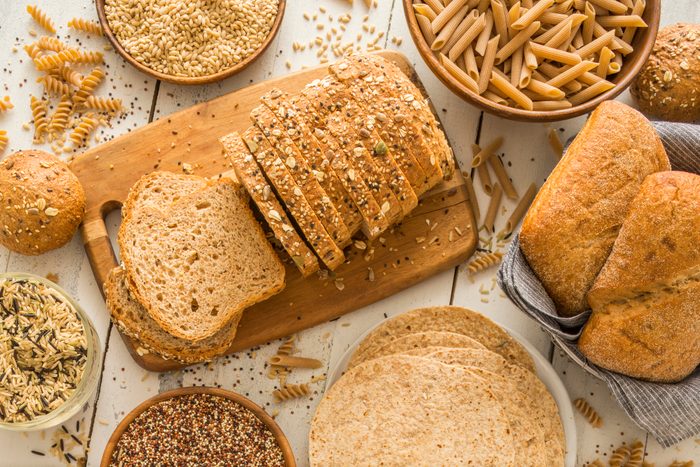
Choose better carbs
Avoid cookies, chips, crackers, flavored rice blends, mashed potato mixes, and other refined carbohydrates, which are usually stripped of good-for-you fiber and loaded with added sugar, not to mention possible trans fats. Instead, the Mediterranean diet plan invites you to enjoy high-quality or complex carbohydrates. “In addition to enjoying many whole grains like oats, bulgur, and couscous, fresh bread is a staple of the region and pasta is the primary source of carbs in Italy,” Upton says.
That said, whole grains and enriched bread are typically enjoyed as part of a healthy meal, commonly served with olive oil or bean- or nut-based dips or sauces like hummus or muhammara (red pepper and walnut dip) rather than butter or sugary jams. “When choosing bread, opt for whole grain or be sure your loaves aren’t loaded with added sugars or saturated fat,” Upton says.

Make friends with oil
Choose heart-healthy olive oil instead of butter. “Use olive oil in salad dressings, when cooking fish and poultry, and to dip bread in it instead of spreading on butter or margarine,” says Jennifer Glockner, a registered dietitian nutritionist based in the Los Angeles area. “Try using olive oil in egg or tuna salads instead of using mayo. Add olives to salads or sandwiches.”
Rebecca Lewis, in-house registered dietitian at HelloFresh, recommends swapping butter, an animal-based saturated fat that’s been associated with increased heart disease risk, for olive oil, which is a plant-based unsaturated fat that’s been linked with decreased heart disease risk. “Just remember that oils have a smoke point—the temperature at which they burn and lose their healthful properties,” cautions Lewis. “Extra-virgin oil has the lowest of all smoke points and thus burns the easiest. So when cooking, choose regular olive oil, which has a higher smoke point.”
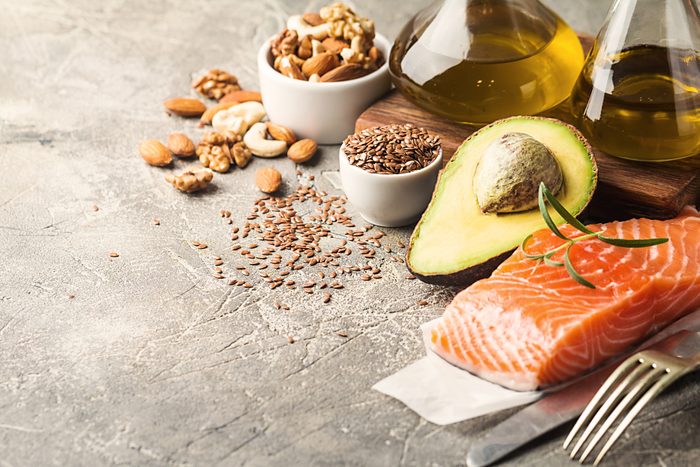
Don’t fear fats
Fats will not make you fat, we now know, unless you’re snacking on sticks of butter or otherwise ingesting too many calories in general. So go ahead and give those healthy fats—such as those found in olive oil, avocado, eggs, nuts, and fatty fish—space in your fridge. Experts say these are the healthiest high-fat foods.

Tame your sweet tooth
The traditional diet of the Greeks and Spaniards rarely includes candy, baked goods, soda, and other sugar-sweetened beverages. “The Mediterranean diet is actually low in added sugars, which is just one reason it’s considered so beneficial for your health,” Upton says.

Indulge in moderation
If you’re going to indulge, says Chelsea Elkin, a registered dietitian in New York City, reach for red wine and dark chocolate. “In moderation, red wine has been associated with a reduced risk of heart disease in some research studies,” Elkin says. “Additionally, dark chocolate contains high levels of flavonoids, which are also found in red wine, potent antioxidants that protect cells and tissues from damage.”
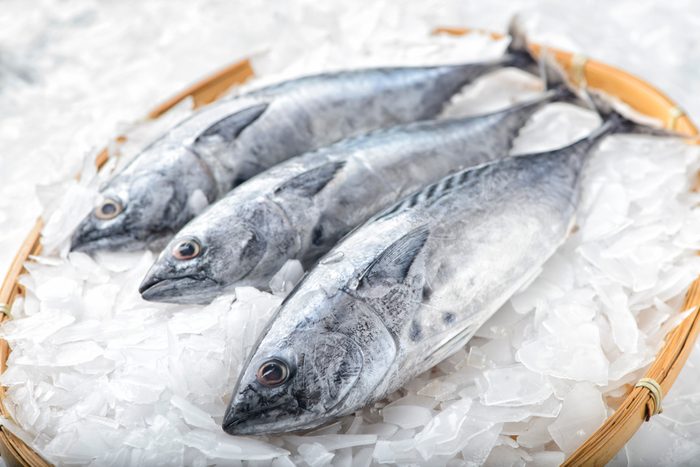
Turn to seafood
Fish and seafood provide plenty of heart-and brain-boosting omega-3 fatty acids in this region of the world. “People in Mediterranean countries generally eat fish and seafood at least three times a week, while Americans eat a fish meal about once a week,” Upton says. “A good rule is to swap out beef or other red meat for fish or seafood at least twice a week.”

Live the Mediterranean lifestyle
A healthy diet is just one reason for the robust health of people who live in the Mediterranean. They also tend to exercise regularly—by walking everywhere, not by going to Spin classes, and they socialize as part of their daily routine. According to Lewis, people in the Mediterranean also flavor their food with fresh and dried herbs and spices in place of salt, make water their beverage of choice, and eat with the seasons. “This ensures you get maximum nutrient density from foods,” she says.

